An entity that exists in full at any time in which it exists at all, persists through time while maintaining its identity and has no temporal parts.
This is just here as a test because I lose it
Term information
editor note
BFO 2 Reference: Continuant entities are entities which can be sliced to yield parts only along the spatial dimension, yielding for example the parts of your table which we call its legs, its top, its nails. ‘My desk stretches from the window to the door. It has spatial parts, and can be sliced (in space) in two. With respect to time, however, a thing is a continuant.’ [60, p. 240
Continuant doesn't have a closure axiom because the subclasses don't necessarily exhaust all possibilites. For example, in an expansion involving bringing in some of Ceuster's other portions of reality, questions are raised as to whether universals are continuants
elucidation
A continuant is an entity that persists, endures, or continues to exist through time while maintaining its identity. (axiom label in BFO2 Reference: [008-002])
has associated axiom(fol)
(forall (x y) (if (and (Continuant x) (exists (t) (continuantPartOfAt y x t))) (Continuant y))) // axiom label in BFO2 CLIF: [009-002]
(forall (x y) (if (and (Continuant x) (exists (t) (hasContinuantPartOfAt y x t))) (Continuant y))) // axiom label in BFO2 CLIF: [126-001]
(forall (x) (if (Material Entity x) (exists (t) (and (TemporalRegion t) (existsAt x t))))) // axiom label in BFO2 CLIF: [011-002]
(forall (x) (if (Continuant x) (Entity x))) // axiom label in BFO2 CLIF: [008-002]
has associated axiom(nl)
if b is a continuant and if, for some t, cis continuant_part of b at t, then c is a continuant. (axiom label in BFO2 Reference: [009-002])
if b is a material entity, then there is some temporal interval (referred to below as a one-dimensional temporal region) during which b exists. (axiom label in BFO2 Reference: [011-002])
if b is a continuant and if, for some t, c has_continuant_part b at t, then c is a continuant. (axiom label in BFO2 Reference: [126-001])

